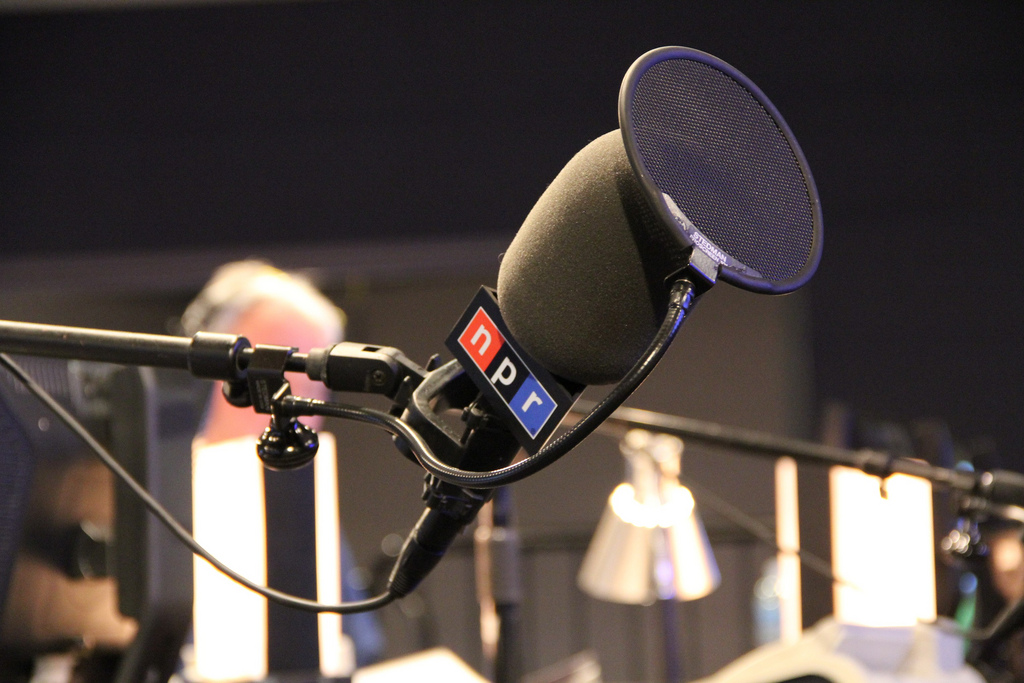Last night I attended The Kalb Report at the National Press Club. Five NPR reporters and anchors focused on the sound of news. Steve Inskeep, Mara Liasson, Scott Simon, Susan Stamberg and Nina Totenberg discussed how NPR started making great radio in the 1970s and continues to do so today.
Here are tidbits straight from the mouths of NPR reporters and Marvin Kalb:
You are supposed to describe things in terms that make sense to a truck driver, without insulting the intelligence of a professor.
—Marvin Kalb, quoting Edward R. Murrow
Kalb said radio is about painting pictures for listeners. And NPR does this extremely well.
The best pictures are painted in the mind. Radio is the perfect, intimate medium. Tell a narrative and paint a picture.
—Nina Totenberg
Simon said listeners tune out when radio announcers use big, booming voices which are clearly a gimmick. So NPR reporters and anchors use their own voices.
The person who invented All Things Considered, and hired me to be that first woman anchor, said to me, “Be yourself.” And those were the most magic words anyone could have said. We want to sound conversational. We want to sound as if we’re over the back fence, talking to our neighbors.
—Susan Stamberg
NPR reporters create distinctive audio and stories with the freedom they are given.
NPR wants us to tell stories in our own voice. We have tremendous freedom. We have a lot more time than most people do on other radio networks, which is really liberating. When you have four and a half minutes instead of 90 seconds it makes a big difference. You can let people tell their own stories and you can use sound creatively.
—Mara Liasson
NPR is different than other radio news. It is public radio, not commercial. It doesn’t have as many advertisements as other stations. It relies more on funds through its own audience. This is why NPR offers such factual reporting and stories, the reporters said.
Creating good audio first comes from a story. You have to be there, you have to witness and describe, Inskeep said. He likes being in the studio and anchoring, but he knows that getting out of the studio might be even more important to bring context to listeners.
I wanted to be able to leave the studio, to get out. It’s a great opportunity to come back to the studio and conduct interviews and feel that you have a little more of a chance to sense what the story really is because you’ve seen it.
—Steve Inskeep
Even with the advent of digital tools, online news and social media, which are creating a major shift in journalism, these reporters feel radio still has and will continue to have a place.
Radio is a unique medium. People often listen to radio while doing something else, while driving, or commuting, or exercising, or cooking dinner. Radio and audio has managed to “go viral” in an age of cat videos, gifs and emoji. NPR One is a news version of Pandora, Inskeep said. And podcasts are an increasingly popular way to listen to stories.
The NPR reporters at last night’s The Kalb Report said the key to continue to make great radio, and great journalism, is to remain curious.
Photo by flickr user Alyson Hurt
